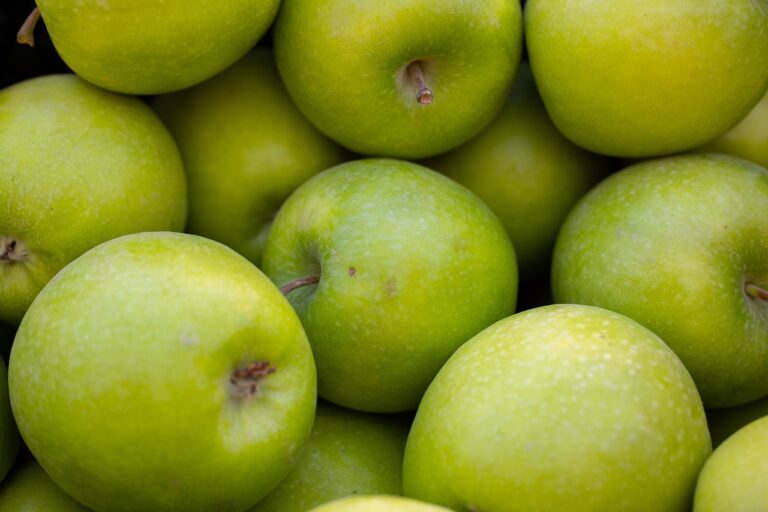The Science of Food Preservation: Innovations in Packaging and Processing
In today’s fast-paced world, food packaging has seen significant advancements to meet the demands of consumers while ensuring the safety and freshness of the products. One key innovation is active packaging, which involves incorporating elements that help extend the shelf life of food by interacting with the environment inside the package. This can include oxygen absorbers, ethylene scavengers, and antimicrobial agents that prevent the growth of harmful bacteria.
Another notable innovation is the use of intelligent packaging technologies, such as QR codes and near-field communication (NFC) tags, which provide consumers with access to detailed information about the product, including its origins and nutritional content. These technologies not only enhance transparency in the food supply chain but also help consumers make more informed decisions about the products they purchase.
Advancements in Food Processing Techniques
Food processing techniques have undergone significant advancements in recent years, revolutionizing the way food is prepared and preserved for consumption. From the use of high-pressure processing to innovative thermal processing methods, food processors are constantly finding new ways to enhance the safety, quality, and shelf life of various food products.
One of the key breakthroughs in food processing techniques is the adoption of novel extraction methods such as supercritical fluid extraction and membrane separation. These techniques allow for the efficient extraction of bioactive compounds, essential oils, and flavors from raw materials, resulting in higher product yields and improved overall product quality. This not only helps in reducing waste but also enables food manufacturers to create innovative and healthier food products that cater to the evolving consumer preferences.
Role of Technology in Food Preservation
In the realm of food preservation, technology has played a pivotal role in enhancing the shelf life and safety of various food products. Through the implementation of innovative techniques such as vacuum packaging and modified atmosphere packaging, perishable items like fruits, vegetables, and meats can be preserved for longer durations without compromising their quality. These technological advancements have revolutionized the food industry by minimizing food waste and ensuring that consumers have access to fresh and nutritious products.
Furthermore, the advent of high-pressure processing (HPP) has emerged as a game-changer in food preservation. This non-thermal technology utilizes pressure to eliminate harmful bacteria and extend the shelf life of products while retaining their natural flavors and nutritional value. By leveraging technology-driven approaches like HPP, food manufacturers can meet the growing demand for minimally processed foods that are not only convenient but also safe for consumption.
• Vacuum packaging and modified atmosphere packaging help preserve perishable items like fruits, vegetables, and meats
• Minimize food waste in the food industry
• Ensure consumers have access to fresh and nutritious products
• High-pressure processing (HPP) eliminates harmful bacteria and extends shelf life of products
• Retains natural flavors and nutritional value of foods
• Meets demand for minimally processed foods that are safe for consumption
What are some examples of innovations in food packaging to help with food preservation?
Some examples include vacuum packaging, modified atmosphere packaging, and active packaging with antimicrobial properties.
How have advancements in food processing techniques improved food preservation?
Advancements such as high pressure processing, pasteurization, and freeze drying have helped to extend the shelf life of food products.
What is the role of technology in food preservation?
Technology plays a crucial role in food preservation by providing innovative solutions for packaging, processing, and storage to ensure the safety and quality of food products.
How does technology help to prevent food spoilage and wastage?
Technology helps to prevent food spoilage and wastage by controlling factors such as temperature, humidity, and oxygen levels in food storage environments.
What are some future trends in technology for food preservation?
Future trends in technology for food preservation include the use of nanotechnology, smart packaging, and biodegradable materials to further enhance the preservation of food products.







